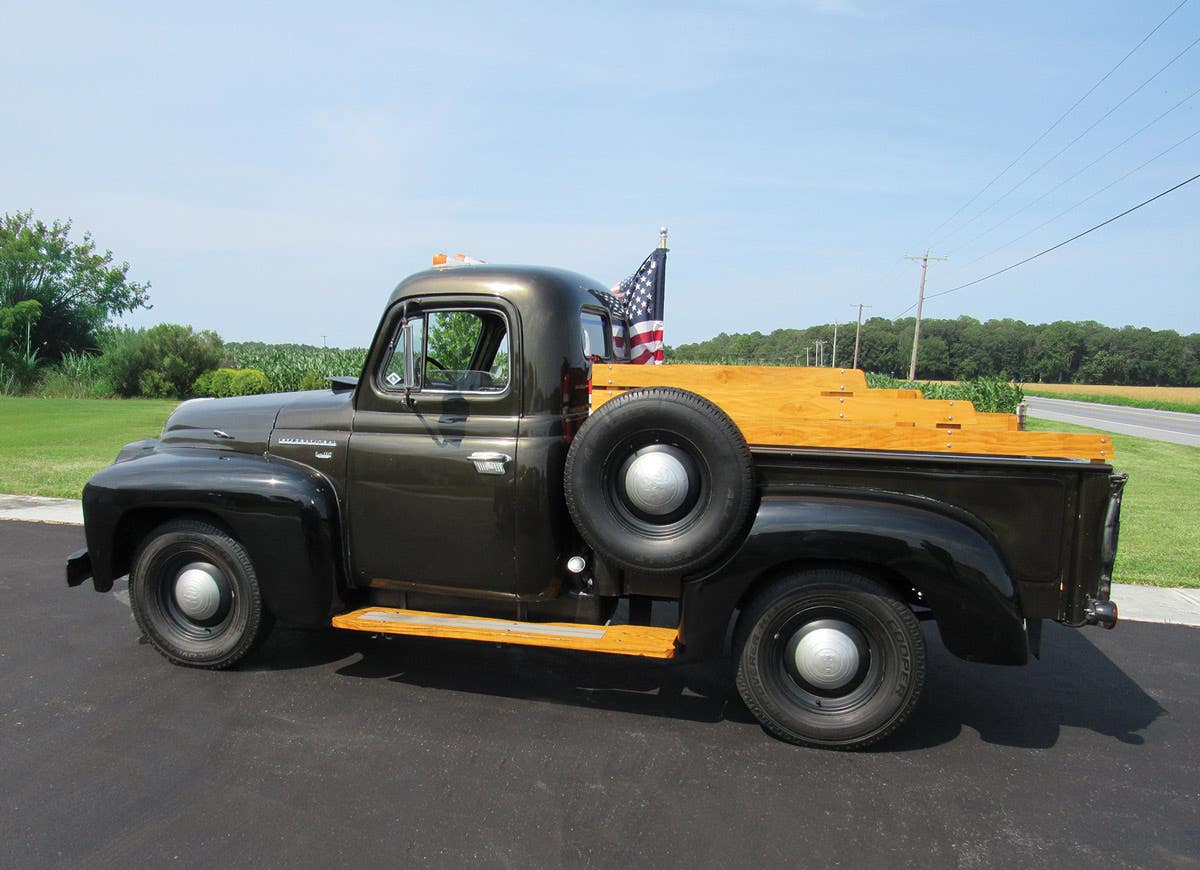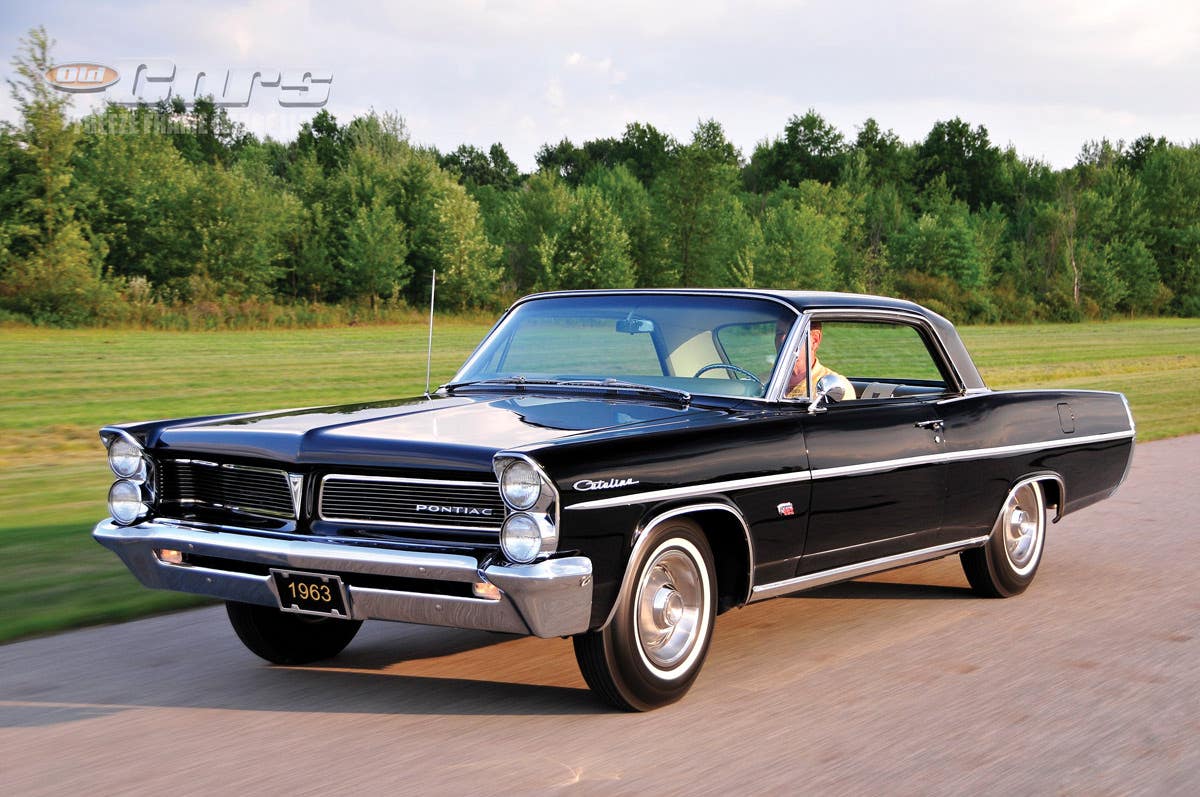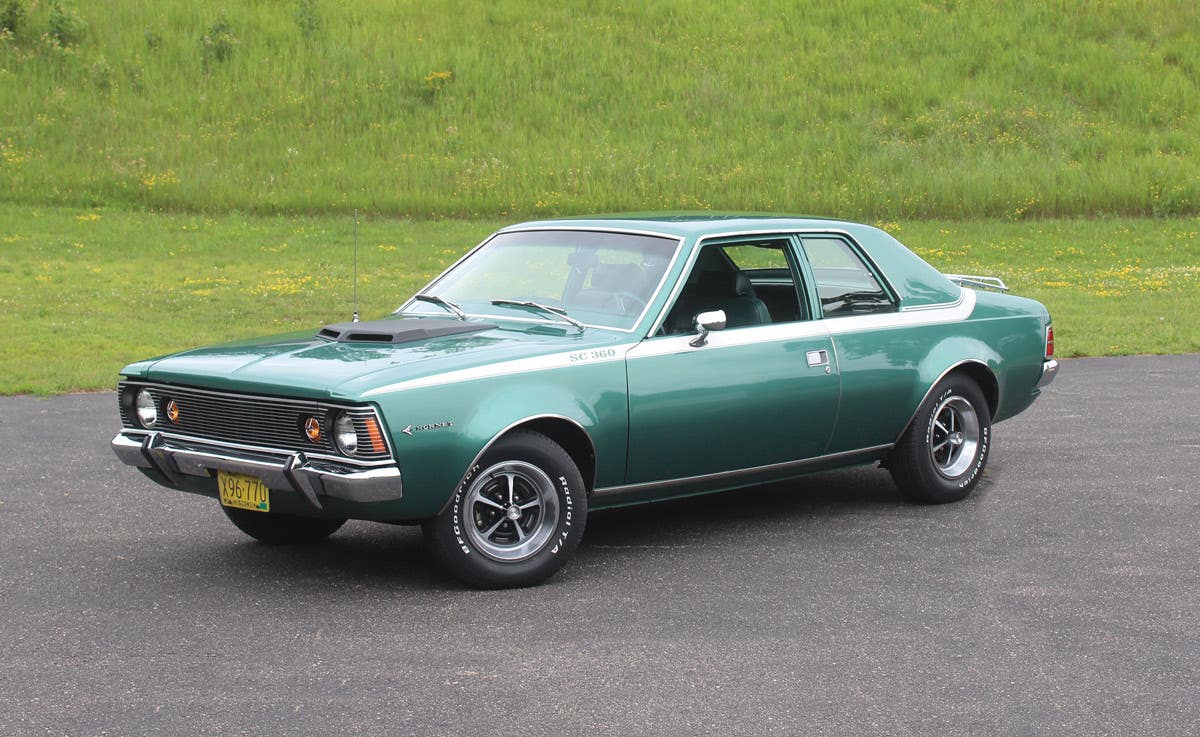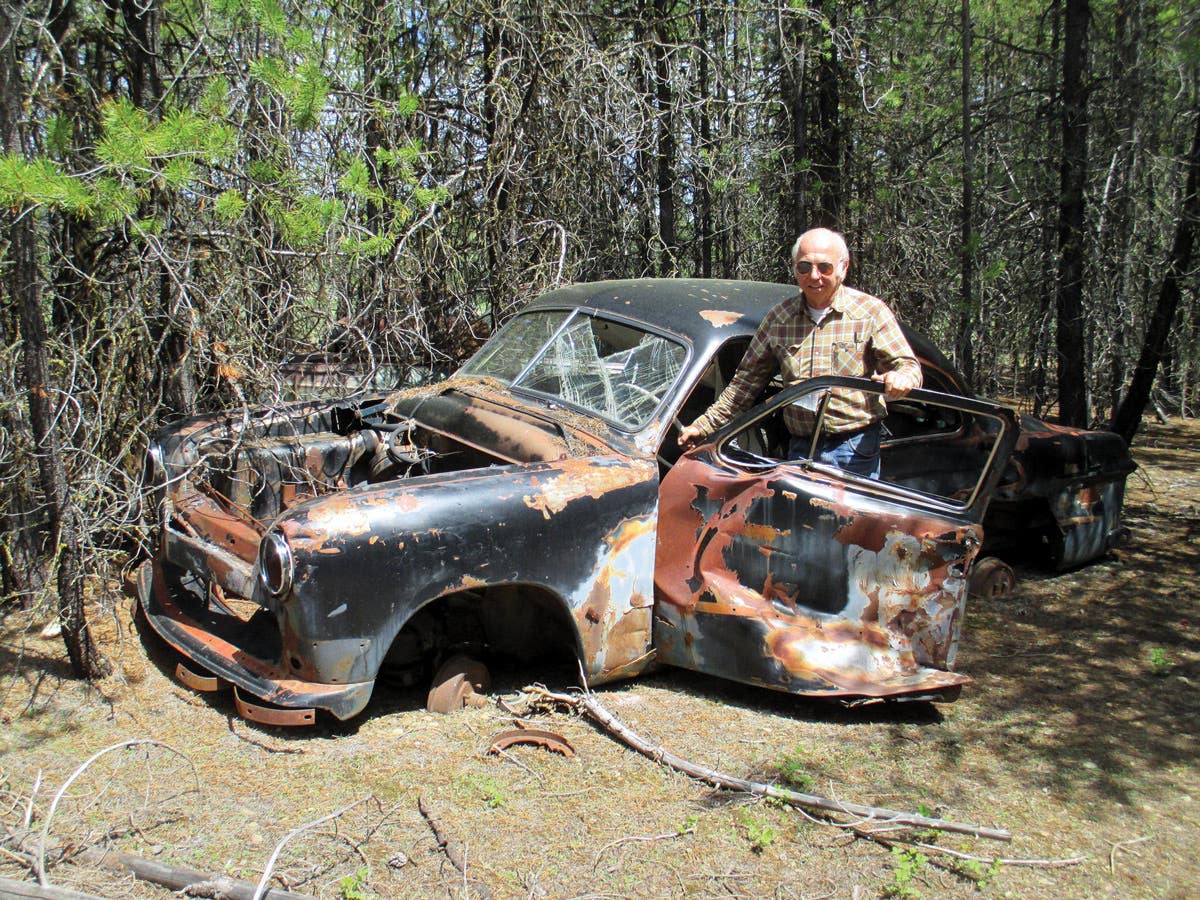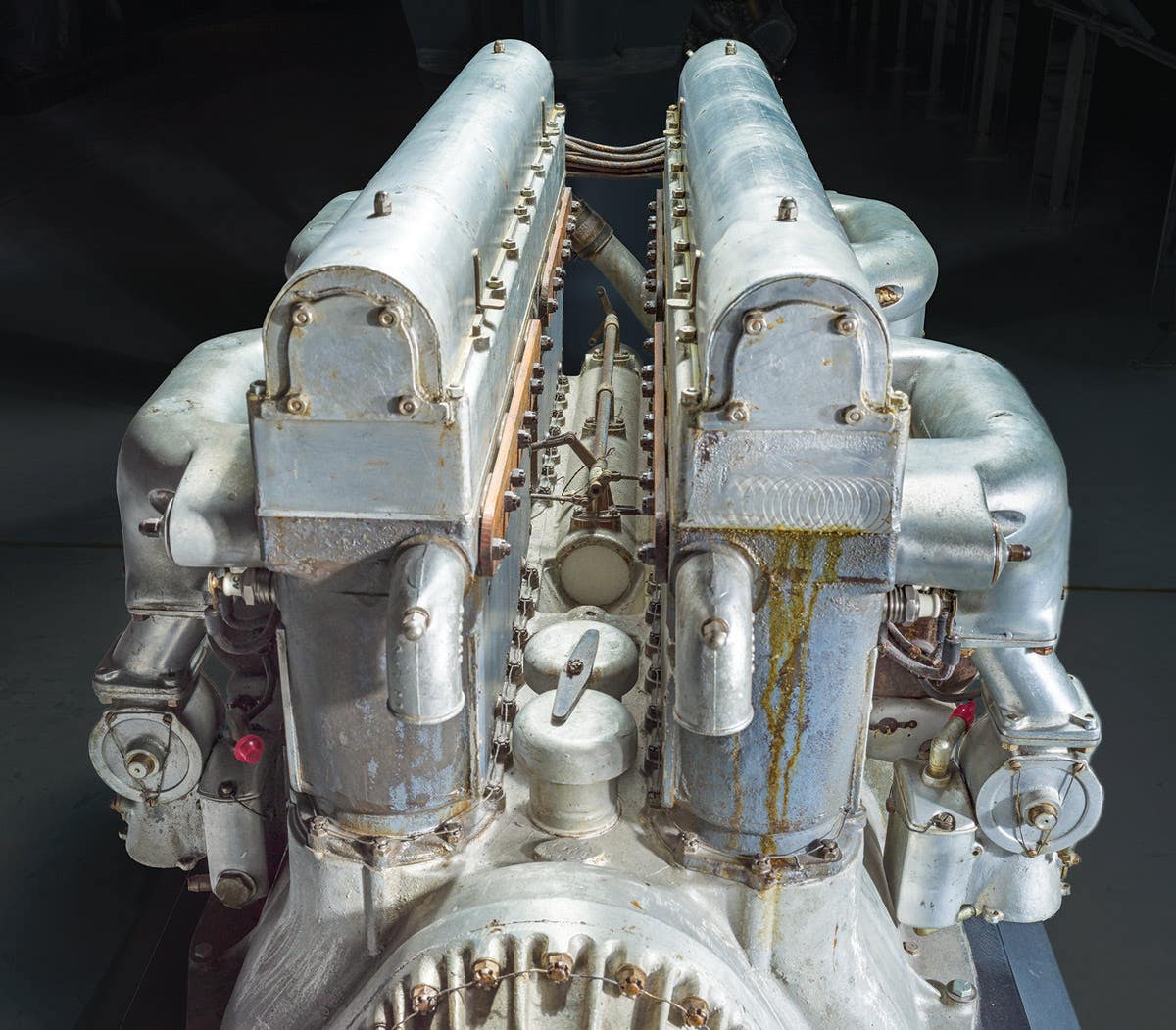Q&A with Kit Foster: November 7, 2013
Q. Here are some pictures of a body I have had for about 25 years. I have not been able to identify it. It has leather upholstery and door pockets…
Q. Here are some pictures of a body I have had for about 25 years. I have not been able to identify it. It has leather upholstery and door pockets in all four doors. The windshield frame is flat, like a late ’20s touring car, but the posts go down through the cowl. The dashboard might help identify it – it’s a light color woodgrain. It is a very nice body and I would love to restore it if I knew what it was.
— James A. Baker, Cisne, Ill.
A. It took some detective work, looking at pictures in the spotters’ guides and in the Krause “Standard Catalog of American Cars 1805-1942,” but I think I’ve figured it out. I believe it’s an early- to mid-’20s Durant touring body. The shape of the doors, the windshield frame and the dashboard layout appear to match photos of a 1926 Durant I found online. Reader confirmation (or contradiction) will be welcome, of course.
-------------------------------------------------------------
Q. On the question about tuning an early Tri-Power setup (Sept. 5), Pontiac, Oldsmobile and Chevy should be similar. The Rochester setup includes a center 2GC carburetor with an automatic choke, a float bowl vent, an idle speed screw and two mixture screws. The front and rear secondary carbs are 2G Rochesters with no choke, idle screws or mixture screws, and are connected with a rod on the throttle shafts on the passenger side of the engine. The setup could have vacuum linkage or progressive linkage with an extra rod from the center carb to the rear on the driver’s side. The venturi diameter should be 1-3/16 inches on the center carb and 1-1/4 on the front and rear.
If the throttle plates are sharp and have not rusted, they should close at idle on front and rear. Make sure the linkage is free and hoses do not leak. The only adjustment should be the center mixture screws and the choke cover lean or rich. The choke needs a heat tube to the exhaust manifold. My Chevy 348 has long one-inch mixture screws and I use an 11-inch screwdriver to adjust. The tops come off easily to check acceleration pump plungers and what’s in the bottom of the bowl. Leather plungers or the new ones for ethanol gas work.
— John Thompson, Duluth, Minn.
A. Thanks for sharing your experience. I’m not sure if Bert Hansen’s Pontiac is the same as your 348 Chevy, but perhaps he just needs an 11-inch screwdriver.
-------------------------------------------------------------
Q. As to Tom & Kathy Truhlar’s mystery part (Sept. 5), I can tell you what it is. In the early 1970s, my best friend and I took a three-week trip from New Jersey up and around the St. Lawrence River and all five Great Lakes. The two slots hold a rack or shelf. It is an “over-the-road oven.” This unit may be for a GM product, but I bought mine from Pep Boys for my 300-cid six-cylinder Ford. You wrap things like potatoes or a roast or stew in water-filled pans, clip them down and drive away. You get to a campground and supper is cooked! Recently the Ford Model A club I belong to had a “cook-off tour,” with what I believe was a 1928-30 Model A cooking lunch.
When you do this, let me tell you, the people camping or picnicking next to you sure do look and wonder. Our whole trip that summer long ago, only three people actually came over and asked how we cooked on our engine. We’d pull in and you could smell what was for supper. Short trips were good for hot dogs and kraut.
— George Weisbrod, Alpine, Ala.
A. Thanks for the memories. Manifold cooking is an age-old art that rises to prominence occasionally. One of the new-car mags did a feature or two on it some years back. The Truhlars’ Chevy manifold, though, and that on the Model A you mention, originally came with covers, and their primary purpose was to heat the passenger compartment, not cook supper. Steve Ledbetter, of Fair Oaks, Calif., agrees. He’s got a similar unit, NOS, and says it fits 1933-36 stovebolt, 181- and 206-cid engines.
To submit questions to this column: E-mail angelo.vanbogart@fwmedia.com or mail to: Q&A, c/o Angelo Van Bogart, 700 E. State St., Iola, WI 54990-0001.
Got Old Cars?
If you don't subscribe to Old Cars Weekly magazine, you're missing out on the only weekly magazine in the car hobby. And we'll deliver 50 issues a year right to your mailbox every week for less than the price of a oil change! Click here to see what you're missing with Old Cars Weekly!
More Resources for Car Collectors:
- Classic car price guides, research, books, back issues of Old Cars Weekly & more
- Get expert restoration advice for your classic car
- Get car pricing, data and history all in one place
- Sign up for Old Cars Weekly's FREE email newsletter
- Need to buy or sell your classic car? Looking for parts or memorabilia? Search our huge online classified marketplace



